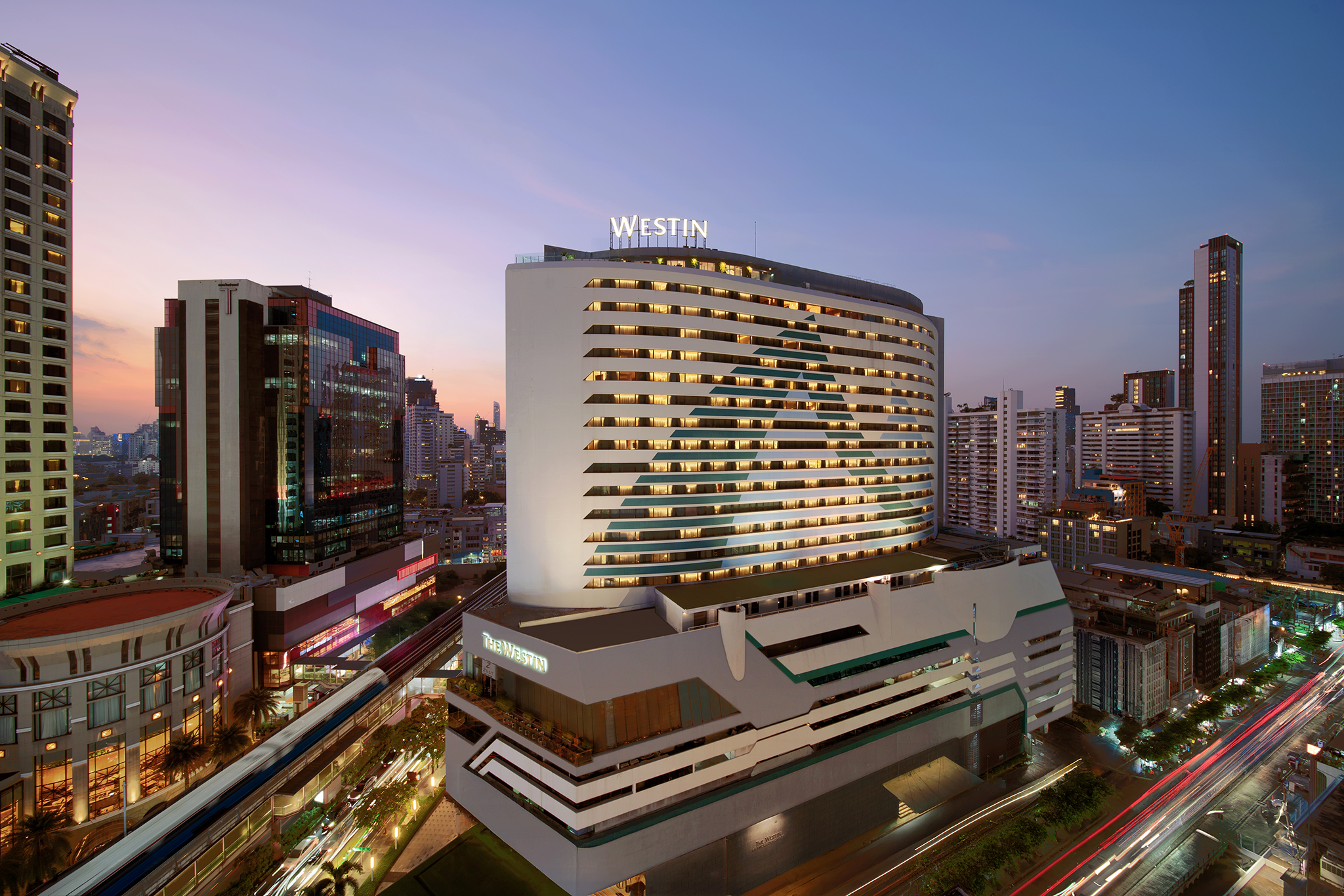Since the pandemic, hotel room rates have been increasing drastically and this summer saw travellers paying prices that well exceeded 2019’s prices or any ever seen before. In fact, based on data from travel intelligence provider Mabrian, in August average hotel prices Vs 2019 were up by 16.75% in Europe, 48.5% in Asia and a massive 64.03% in North America.
Will this trend continue or slowly go away as ‘revenge travel’ fades? At what point do very high prices become counterproductive because guests feel ripped-off and won’t come back? And what role does technology and innovation play in responding to all of these challenges?We spoke to experts from throughout the travel supply chain to get their take on whether the rates are here to stay, and how the industry should respond.
These higher-than-average hotel room rates will provide opportunities for tech-savvy travel sellers who can use innovative ways to help their travellers find the best deals, says Christian Sabbagh from Software-as-a-Service (SaaS) group Travelsoft – owner of distribution platforms such as Traffics, Orchestra and Travel Compositor: “Travel agencies and third parties can develop new strategies for helping customers find great deals on rooms while still offering competitive pricing options. Additionally, as customer demand continues to grow suppliers can expand their services with innovative approaches like dynamic pricing models or integrated loyalty programs that reward users who book multiple stays at affiliated properties.”
Hotel revenue management experts BEONx warn that the higher-than-average prices are unlikely to last forever as consumers won’t put up with this even if they have the money. Chief Marketing & Innovation offices Alex Barros comments that “how much is too much? It’s not really about the absolute price, although clearly all travellers have a budget, but instead more about the perception of value. If someone stayed in your property before for half the price, then this time they’re expecting things to be twice as good and if they’re not you damage your brand. Instead try and think of other ways to get more profit out of each customer than just the room charge. Could you be selling more F&B or providing them with a guided tour of the city? There’s always a way to make each guest more profitable and technology is nearly always part of that process.”
Meanwhile the global travel distribution provider Didatravel says that hotels should focus on differentiation. Chief Marketing Office Gareth Matthews notes: “Although the demand for travel is high, hotels should focus on offering high quality, unique experiences to justify the higher price tags. Travellers are paying more – but they are expecting more in return and, if a property does not deliver, they could be more likely to leave bad reviews or simply not return. People want more for their money and want to see the higher prices reflected in the service they receive.”
As a final thought on the topic, some feel that many consumers still want to save money and are on a budget, so they won’t go away – that’s the sentiment of Digitrips, the owner of multi-product travel platform MisterFly. Managing Director Emilie Dumont warns hotel suppliers and third party distributors that: “Not all travellers can or will pay these higher prices; there is a large group of people that will appreciate discounts, incentives, loyalty schemes and special offers. If we want to avoid low hotel occupancy rates in the long term, the onus is on the travel industry as a whole to help agents and OTAs capitalise on the lowest possible rates for this market. Our newly launched Best Price Tracker, which enables travel sellers to benefit from more favourable rates if the price drops between the time of booking and the travel date, is a step in this direction.”








